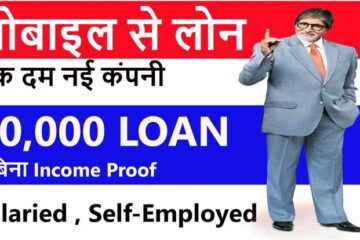Roofing is more than just the topmost layer of a structure; it’s a synergy of art, science, and economics. A well-chosen roof not only enhances the beauty of a building but also plays a critical role in its safety, energy efficiency, and value. This comprehensive guide dives into the essential aspects of roofing, offering insights to make informed decisions.
Roofing Materials: Weighing Cost, Longevity, and Aesthetics
The choice of material significantly impacts the cost, durability, and appearance of the roof. Here’s a detailed analysis of the common roofing materials:
- Asphalt Shingles. These are among the most affordable roofing options. Apart from cost-effectiveness, they offer versatility in design and color. Their lifespan ranges between 20-30 years, making them a popular choice for many homeowners.
- Metal Roofs. Known for durability and energy efficiency, metal roofs have a reflective surface that can decrease cooling costs. While the initial investment is higher than asphalt, their lifespan of 50-70 years justifies the cost.
- Wooden Shingles/Shakes. For those seeking a natural, rustic look, wood is the go-to choice. Regular maintenance is crucial to combat mold and rot. When properly maintained, they can last about 30 years.
- Slate. A symbol of luxury, slate roofs can last up to a century. While they demand a significant initial investment, their longevity and aesthetics often make it worthwhile.
- Tile. Both clay and concrete tiles offer fire resistance and durability. Their unique style complements Mediterranean or Spanish-style homes. With proper care, they can surpass a 50-year lifespan.
Innovative Roof Designs: Merging Function with Form
The design of a roof impacts not just its appearance but also its functionality. Here’s a breakdown of popular designs:
- Flat Roofs. Ideal for modern homes, flat roofs offer a sleek appearance. Incorporating proper drainage systems is paramount to avoid water retention.
- Gabled Roofs. This design boasts excellent water drainage due to its triangular shape. It’s a timeless design fitting for various architectural styles.
- Hipped Roofs. These roofs offer added stability due to slopes on all four sides. Though they are slightly more complex to construct, they are excellent for windy areas.
- Mansard Roofs. This French-inspired design is both functional and elegant. The double-sloped sides provide ample space for storage or additional rooms.
Financing Your Roof: Making It Affordable
Roofing projects can strain finances. Fortunately, there are various avenues to finance your roof without breaking the bank:
- Personal Loans. A viable option for those with good credit scores. They’re quick but may carry higher interest rates.
- Home Equity Line of Credit (HELOC). A revolving credit line based on your home’s equity. It offers flexibility but also risks; failing to repay can lead to loss of the home.
- Roofing Company Financing. Some roofing companies extend financing options. Scrutinizing the terms, interest rates, and any promotional offers is essential before commitment.
- FHA Title I Property Improvement Loans. Designed for homeowners without much equity, these loans cater to specific home improvements, including roofing.
- Energy-Efficient Mortgages (EEM). A green initiative, EEMs allow homeowners to roll the cost of energy-efficient upgrades, like cool roofs, into their primary mortgage.
Factors to Consider Before Making a Roofing Decision
A roofing project is not just about selecting materials or financing; several other factors come into play:
- Contractor’s Credibility. Ensure your chosen contractor is licensed, insured, and has a positive track record. References and reviews can offer insights into their professionalism.
- Warranty. Always check the warranty on both materials and installation. A comprehensive warranty can save significant costs in the long run.
- Local Climate. The local weather conditions should influence your roofing choice. For instance, metal roofs are excellent for areas prone to wildfires, while slate might be best for regions with heavy snowfall.
- Maintenance Requirements. Consider how much time and money you’re willing to invest in maintenance. Some materials demand more upkeep than others.
Conclusion: The Interplay of Aesthetics, Durability, and Economics
Roofing is an intricate blend of design, material science, and finance. An informed choice, based on a comprehensive understanding of these facets, ensures not only the beauty and safety of a building but also a sound financial investment. Whether you’re a homeowner looking to renovate or an investor eyeing value appreciation, a well-thought-out roofing decision is pivotal.


